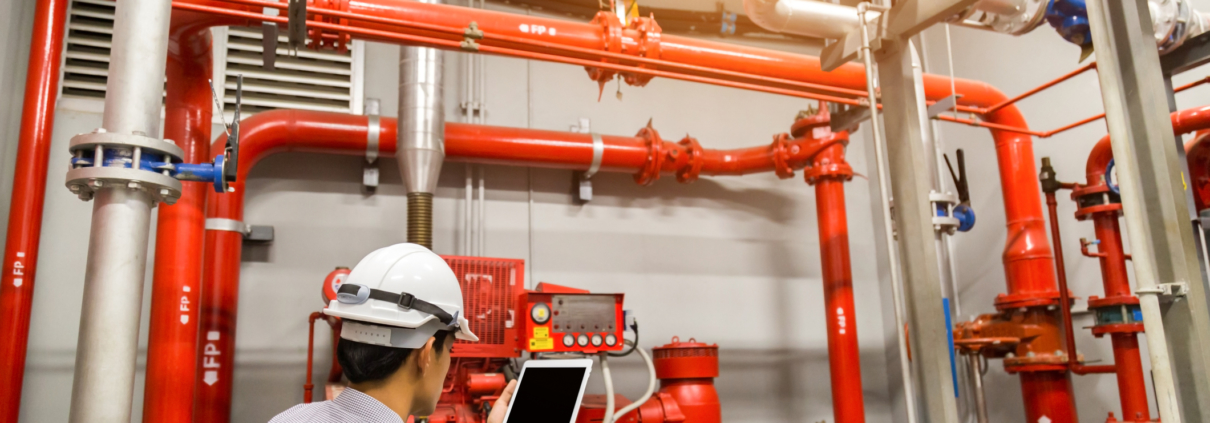When it comes to buildings that contain flammable chemicals, gases, and other materials, fire protection is not something to gamble with. Not only will top-of-the-line fire protection keep your building safe, but it will also ensure that workers remain safe from harm. In this high-risk industry, it is essential that you don’t roll the dice on fire safety measures.
According to OSHA, from 2013 to 2017, 489 oil and gas extraction workers were killed on the job. Getting your fire protection systems in check is like having pocket aces, it sets you up for the greatest success possible. Here are a few tips for you to begin prioritizing your fire safety protocols.
Assess workplace preparedness
It’s essential to start with an inspection of your fire safety. These inspections lead to a greater understanding of your preparedness, and typically reveal vulnerabilities that you were previously unaware of. During this inspection, be sure to look for particular areas that have a higher risk for flash fires and explosions.
You should also be on the lookout for fire equipment that is old or malfunctioning, and be sure to replace them with ones that are in good working condition. Not only should you look for vulnerabilities in your fire extinguishers, but also in your fire sprinkler systems.
A great preventative measure is doing your own monthly visual inspections, as there are developments that can occur between the required NFPA inspections. Grab a notepad, take a walk and canvas your facility looking for any obvious visual deficiencies – corrosion, leaks, obstructions or painted sprinkler heads. With any luck you’re clear of any obvious deficiencies but if you’re not, call your fire protection company (hopefully VFS) to get these assessed and repaired preemptively. A little proactive measure can go a long way to prevent unnecessary accidents and keep your systems working in prime condition.
Ensure emergency equipment is accessible onsite
With workers coming in and out of your facility, it’s important to have a supply of emergency equipment at their workstations and other areas near these stations. The equipment should include materials like fixed and portable fire extinguishers. This helps ensure the safety of your workers, as well as allows your employees to put out a small fire before it begins to spread.
Ensure workers are trained to utilize equipment
In order to ensure your plan is effective, you must train your employees to know what to do in the event of a fire. They should receive instructional materials for the tools they may need to use, as well as participate in training that shows them how to physically use the equipment, and how to exit the building in case of emergency.
Part of this training should include fire drills that help to reinforce the safety procedures and educate your workers on how to exit the building. You should also ensure all evacuation signage and exits are clearly marked, enough to see in the event of a fire.
Utilize detection equipment to measure gas levels
In the oil and gas industry, it is essential to monitor the gas levels throughout your building. Combustible and toxic gas detection systems can help ensure your team avoids activities that may trigger a fire to occur. If a flammable gas goes beyond 10% of the lower explosive level, your workers should refrain from working. Ensure your employees know what levels are acceptable to remain working in, and which gases may be potentially hazardous.
Ensure alert systems are installed to communicate fire risks
Lastly, ensure you have alert systems in place to communicate with your workers regarding the safety hazards throughout the facility. When a fire occurs, employees need to be immediately made aware in order to allow them to evacuate the building/work area safely. Alarm and mass notification systems are needed to alert employees of the danger.
At VFS, your high-risk facility is our top priority. We specialize in providing top-of-the-line fire safety support for special hazard facilities. Our fire and life safety systems integrate every aspect of a building from security systems, to fire protection and suppression to alarm and communication systems. We operate in 35 of the 50 states through our partnerships with local experts.



